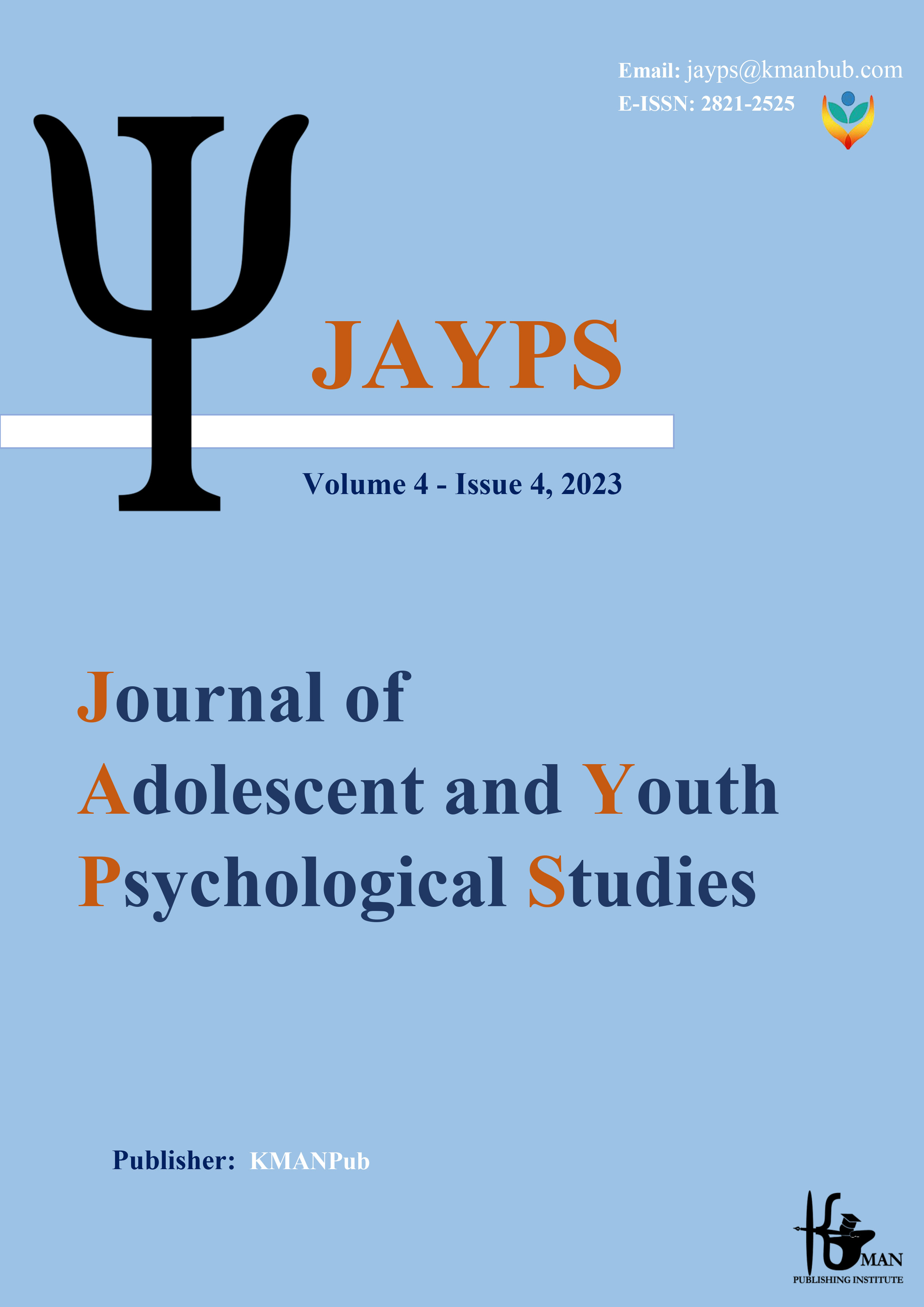The effectiveness of schema-based couple therapy on sexual satisfaction and communication patterns in married women
Keywords:
schema-based couple therapy, sexual satisfaction, communication patterns.Abstract
Background and Aim: Problems in each of these important areas of married life, such as sexual relations between couples, or the quality and pattern of communication governing their relationship, and finally, the inefficiency of the overall functioning of the family, can have many negative personal and marital consequences. The purpose of this research was to determine the effectiveness of schema-based couple therapy on sexual satisfaction and communication patterns in married women. Methods: The current research was semi-experimental with a pre-test-post-test design with a control group and a two-month follow-up period. The statistical population included all married women working in the education department of Tabriz city in 2022. The sample of this research included 30 sample people who were willing to participate in the research and were selected through available sampling. Then, among the research sample, 15 people were randomly replaced in the control group and 15 people in the intervention group (schema-based couple therapy). Data were collected using Hudson et al.'s (1981) sexual satisfaction questionnaire (ISS) and Christiesen et al.'s (1984) communication patterns (CPQ). Schema-based couple therapy intervention was conducted during 8 sessions of 60 minutes once a week; But the control group did not receive any intervention. Results: The research data was analyzed by mixed variance analysis (repeated measurement). The results showed that the effectiveness of schema-based couple therapy on sexual satisfaction and communication patterns was significant (p<0.05). Conclusion: According to the findings of the present study, it can be concluded that schema-based couple therapy is effective on sexual satisfaction and communication patterns in married women.
Downloads
Downloads
Published
Issue
Section
License

This work is licensed under a Creative Commons Attribution-NonCommercial 4.0 International License.









